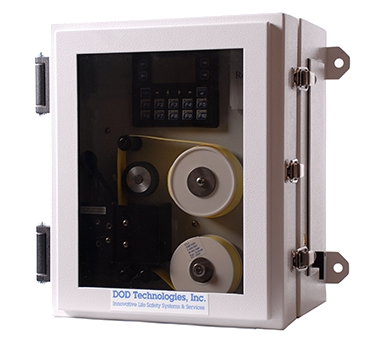Photo Ionisation Detectors
Photo Ionisation Detectors (PID) are used for measuring Volatile Organic Compounds (VOC’s) as part of environmental surveys such as land remediation, tank leak checking. The most common lamp ratings are 9.8eV, 10.6eV and 11.7eV.
Our Photo Ionisation Detectors
MiniRAE 3000 PID Monitor
Find Out More
MiniRAE Lite PID Monitor
Find Out More
MultiRAE Lite Gas Detector
Find Out More
MultiRAE Pro Benzene
Find Out More
MultiRAE Pro Gas Monitor
Find Out More
MultiRAE Std Gas Monitor
Find Out More
MX6iBrid Multigas Detector
Find Out More
ppbRAE 3000 PID Monitor
Find Out More

Product Information
10.6eV is the most efficient and commonly used lamp because it has a 2-3 year lifespan. The 11.7eV lamp can measure the biggest library of VOCs yet it has the shortest lifespan because it requires more power and burns out. The 9.8eV PID lamp requires the lowest power and has the longest lifespan but is limited to the number of VOCs it can detect.
Low ppb Detection Accuracy
The ppbRAE is designed to point and measure VOC’s in very low concentrations in ppb (parts per billion) in environmental, HazMat, oil & gas or industrial applications.
Leading Brands
a1-cbiss supply RAE Systems PID detectors – renowned for high quality and reliability.
Detectors You Can Rely On
Problems are less likely to arise if your PIDS have a regular service plan. PID service plan starting from £50.
Expert Guidance
We consider the exposure limits, environmental conditions, your purpose of gas detection and your budget to propose you a fit for purpose PID detection solution.
How do they work?
Photo Ionisation Detectors feature an ultraviolet lamp that emits photons. The compound inside an ionisation chamber then absorbs the photons. Photoionisation occurs when an atom/molecule absorbs light from energy, which insufficient levels causes an electron to leave, creating a positive ion. Ions produced during this process are collected on electrodes, and the current generated provides a measure of the analysed substance.
The PID detector can measure the electrical current, and converts this to the concentration of VOCs present. It detects only certain VOCs and will not pick up gases in the air like carbon dioxide. Because only a small fraction of the analyte molecules are actually ionised, this detection method is non-destructive. It can be used in conjunction with another detector to confirm analytical results.
Advantages
Gas detectors like Photo Ionisation Detectors provide many advantages; the most important advantage is the safety of workers. A PID detector is ideal for oil and gasoline spills, leaking cylinders or gas valves, hazardous materials incidents, and other emergency leak situations.
VOCs are toxic and often combustible materials that can endanger workers, even in low concentrations. For additional safety, a Photo Ionisation Detector should be installed in every industrial facility that could be exposed to VOCs.
Photo Ionisation Detectors are
Cost effective
Simple to use and easy to install
Provides instantaneous results
Detects low concentration of VOCs

